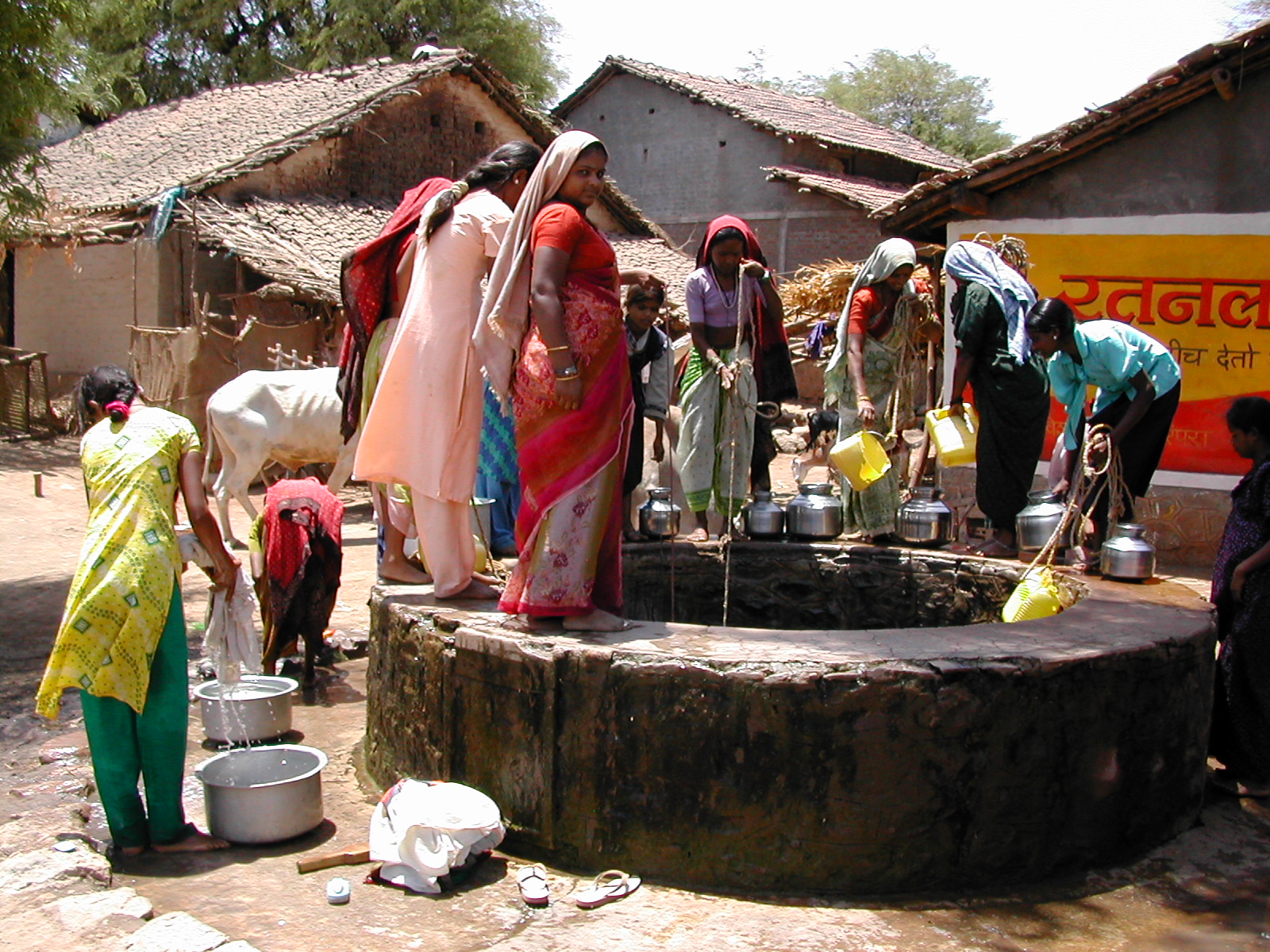Importance of groundwater resources in India
Groundwater resources in India, a lifeline for millions of people and a driving force behind its economic growth, are under immense pressure due to population growth, climate change, and unregulated exploitation. They are crucial for several reasons.
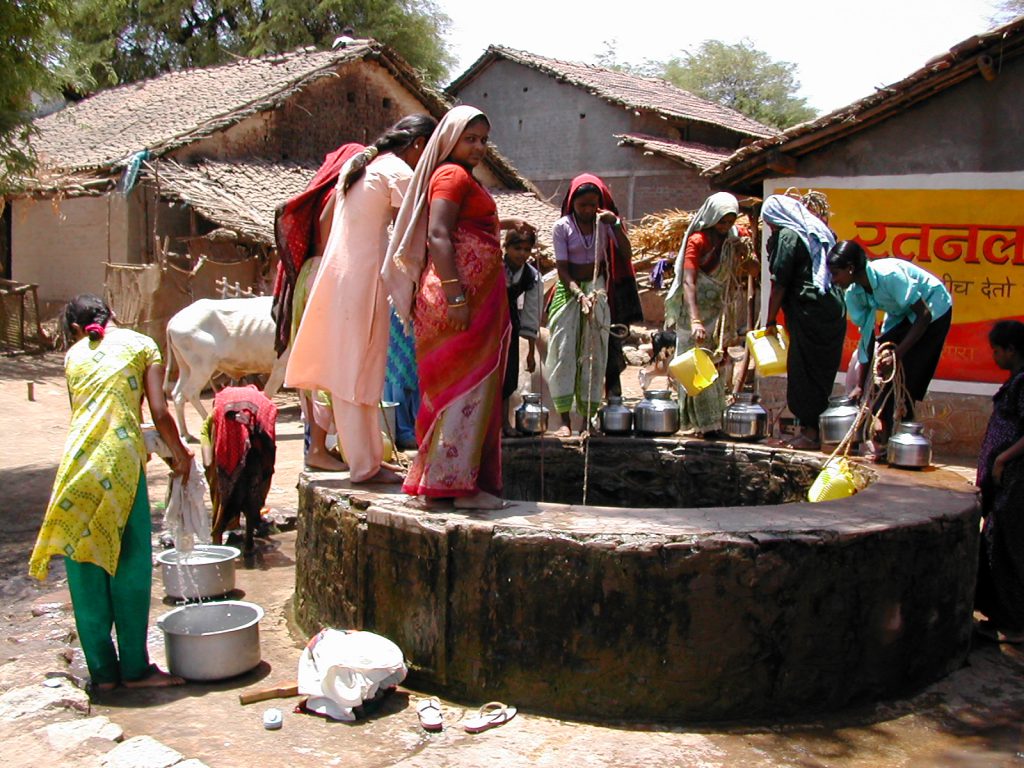
Groundwater resources are a critical component of the country’s agricultural sector, which accounts for a significant portion of the country’s economy and employment. Groundwater is used extensively for irrigation purposes, particularly in areas where rainfall is insufficient or unreliable. They are also a primary source of drinking water for millions of people, particularly in rural areas where access to surface water sources is limited. Finally, groundwater resources are also important for industrial and commercial activities, including manufacturing, mining, and power generation. Thus, the availability and sustainability of groundwater resources in India have a significant impact on various aspects of the country’s socio-economic development.
Groundwater resources assessment in India
The Central Ground Water Board (CGWB), a key governmental organization responsible for assessing and managing groundwater resources in India, published the ‘Dynamic Ground Water Resources Assessment of India – 2022‘ report last October. This comprehensive analysis offers crucial insights into the current state of groundwater resources in the country, as well as the ongoing management initiatives and future challenges.
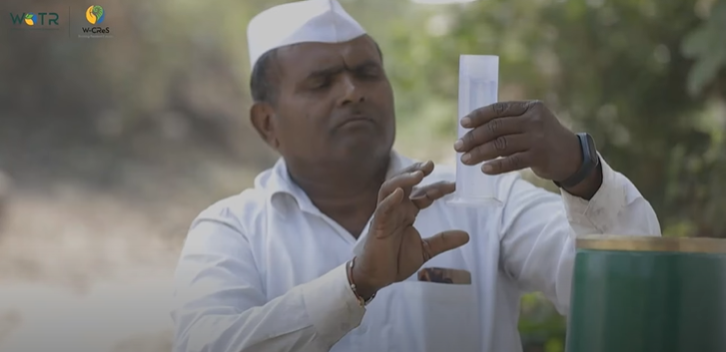
Groundwater level is a key element that reflects the groundwater regime in an area, and it is monitored by the Central Ground Water Board (CGWB) and State Governments through a network of observation wells. Groundwater resources assessment is carried out periodically jointly by State Ground Water Departments and Central Ground Water Board under the guidance of the respective State Level Committee on Ground Water Assessment at State Levels and under the overall supervision of the Central Level Expert Group.
Key findings from the ‘Dynamic Groundwater Resources Assessment of India – 2022’ report
In this blog post, we highlight some of the key findings of this important report, examining the factors shaping India’s groundwater landscape, and discussing the government’s strategic approach to address these challenges. Join us as we explore the depths of India’s groundwater scenario and discover the path towards a sustainable and water-secure future.
- The major source of groundwater recharge is monsoon rainfall, which contributes about 55% of the total annual ground water recharge. Rainfall during the monsoon season contributes more than 70% of the annual ground water recharge in states like Goa, Gujarat, Jharkhand, Kerala, Madhya Pradesh, Manipur, Meghalaya, Mizoram, Rajasthan, and Daman & Diu.
- The contribution of recharge from rainfall, including both monsoon and non-monsoon, to the country’s total annual ground water recharge is 61%. The remaining 39% comes from other sources like canal seepage, return flow from irrigation, recharge from tanks, ponds, and water conservation structures.
- Natural and anthropogenic stresses impact the groundwater regime, including climatic parameters, pumpage from the aquifer, recharge due to irrigation systems, and other practices like waste disposal.
- Groundwater level data for 2021 and 2022 reveals that the general depth to water level in the country ranges from 5 to 10 mbgl (metres below ground level), with very shallow water levels of less than 2 mbgl observed in few states, such as Assam, Andhra Pradesh, Meghalaya, Karnataka, Kerala, Jharkhand, and Tamil Nadu in small patches.
- The annual ground water recharge, also known as dynamic groundwater resources, for the entire country has been assessed as 437.60 billion cubic meters (bcm) and natural discharges work out to be 36.85 bcm. Hence, the annual extractable ground water resources for the entire country are 398.08 bcm.
- The total annual groundwater extraction for the entire country in 2022 has been estimated as 239.16 bcm, with agriculture being the predominant consumer of groundwater resources, accounting for about 87% of the total annual groundwater extraction.
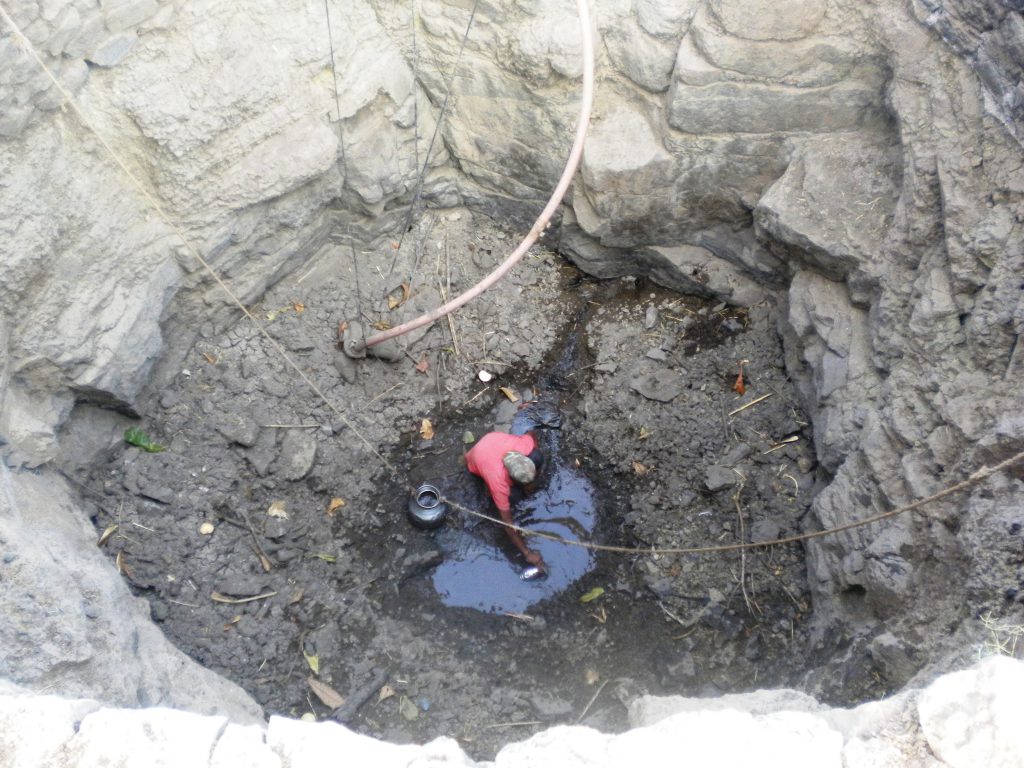
- The overall stage of groundwater extraction in the country is 60.08%. The stage of groundwater extraction is very high in states like Haryana, Punjab, Rajasthan, Dadra & Nagar Haveli, and Daman & Diu, where it is more than 100%. In Delhi, Tamil Nadu, Uttar Pradesh, Karnataka, and UTs of Chandigarh, Lakshadweep, and Puducherry, the stage of groundwater extraction is between 60-100%. In other states, the stage of ground water extraction is below 60%.
- Out of the total 7089 assessment units (Blocks/Taluks/Mandals/Districts/Firkas/Valleys), 1006 have been categorized as ‘Over-exploited’, 260 as ‘Critical’, 885 as ‘Semi-critical’, and 4780 units as ‘Safe’. There are 158 assessment units, which are completely saline. The percentage of over-exploited and critical administrative units more than 25% of the total units are in Delhi, Haryana, Karnataka, Punjab, Rajasthan, Tamil Nadu, Dadra & Nagar Haveli, and Daman & Diu.
- In the north-western and western states, especially in the states of Delhi, Haryana, Punjab, and Rajasthan, depth to water level is generally deeper and ranges from about 20 to more than 40 m bgl.
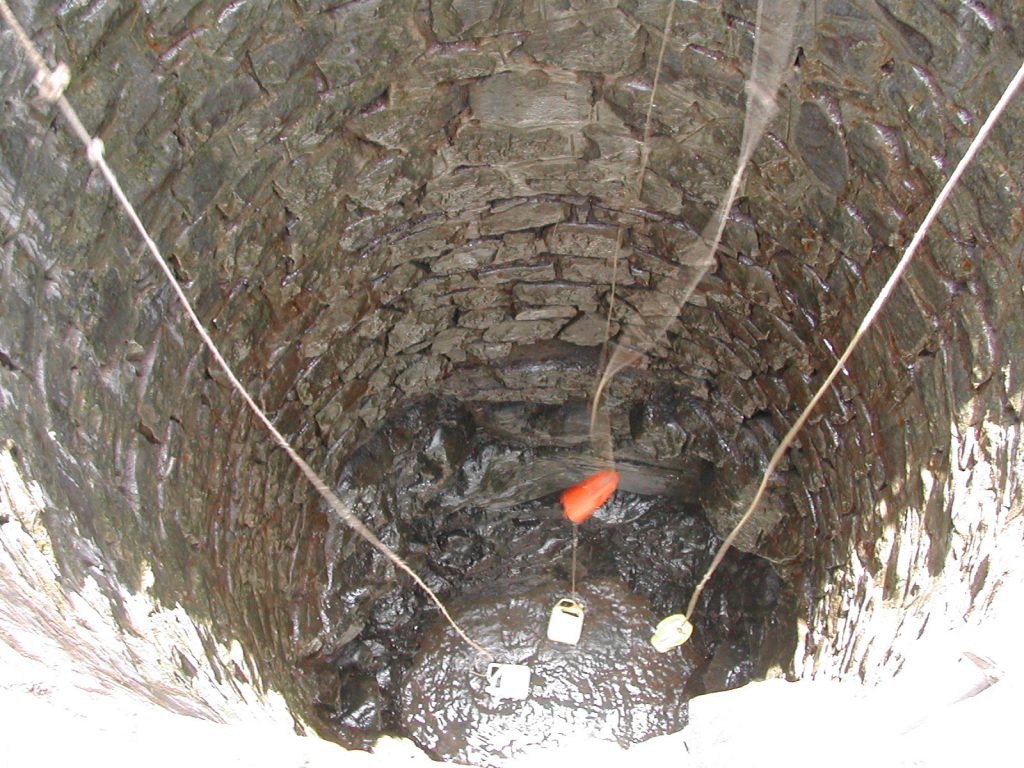
- The comparison of depth to water level of Pre-monsoon 2022 with Pre-monsoon 2019 indicates that almost 70% of the analysed wells show a rise in water level, whereas almost 29% wells show a decline in water level.
- Decline of water level is quite prominent in the states/UTs of Goa, Haryana, Himachal Pradesh, Jammu & Kashmir, Madhya Pradesh, Odisha, Punjab, Rajasthan, Tripura, and West Bengal, and decline of more than 4 m water level is observed in small pockets in the states of Chhattisgarh, Gujarat, Haryana, Madhya Pradesh, Punjab, Rajasthan, and West Bengal.

Measures to address the groundwater situation in India
As one can surmise, the situation of groundwater resources in India is a cause for concern due to a combination of natural and anthropogenic stresses impacting the groundwater regime. While the situation is not ideal, the groundwater situation in India can be managed with the right measures in place.
The Government of India has taken numerous measures to assess and manage the country’s groundwater resources based on resource assessments conducted by the Central Ground Water Authority (CGWA) and the Central Ground Water Board (CGWB). Some key initiatives include:
- Formulation of a Master Plan for Artificial Recharge to Groundwater in India, which aims to implement around 11 million Rainwater Harvesting and Artificial Recharge structures to augment groundwater resources in India.
- Circulation of a Model Bill to all States/UTs to enable them to enact suitable legislation for groundwater regulation, including provisions for rainwater harvesting.
- Implementation of the National Aquifer Mapping & Management Programme (NAQUIM) to map major aquifers, characterize them, and develop Aquifer Management Plans to ensure the sustainability of groundwater resources in India.
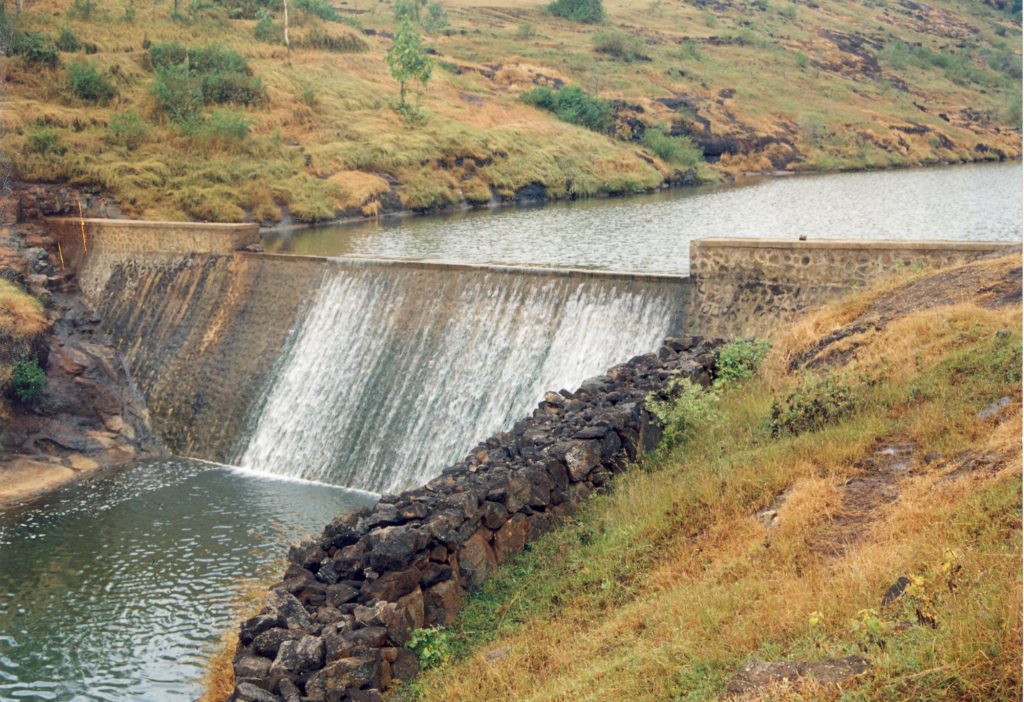
These initiatives, along with various other schemes and programs like Atal Bhujal Yojana and Pradhan Mantri Krishi Sinchai Yojana (PMKSY)-Har Khet Ko Pani (HKKP)-Ground Water Irrigation (GWI), focus on improving groundwater management in water-stressed areas, ensuring community participation, and creating additional irrigation potential from groundwater resources.
The Water Governance Standard as a methodology to address groundwater resources in India
Monitoring and managing groundwater resources in India will be critical to ensuring their sustainability and availability for future generations. In this regard, the Water Governance Standard (WGS) emerges as a timely and innovative solution, particularly in rural India.
The WGS is a rating and certification methodology that seeks to incentivize and nudge rural communities towards adopting water-smart attitudes and behaviours while attracting investments and benefits from funding agencies. The WGS evaluates how effectively rural communities manage and govern their available water resources, assigns a ‘water score’, and rates them at four levels: Bronze, Silver, Gold, and Platinum. The ‘water score’ is assessed comprehensively on the dimensions of Water Availability and Quality, Institutions, Representation, and Governance, Water Supply and Demand Management, Transparency and Accountability, Equitable and Non-Discriminatory Access to Water and Environmental and Ecosystem Sustainability
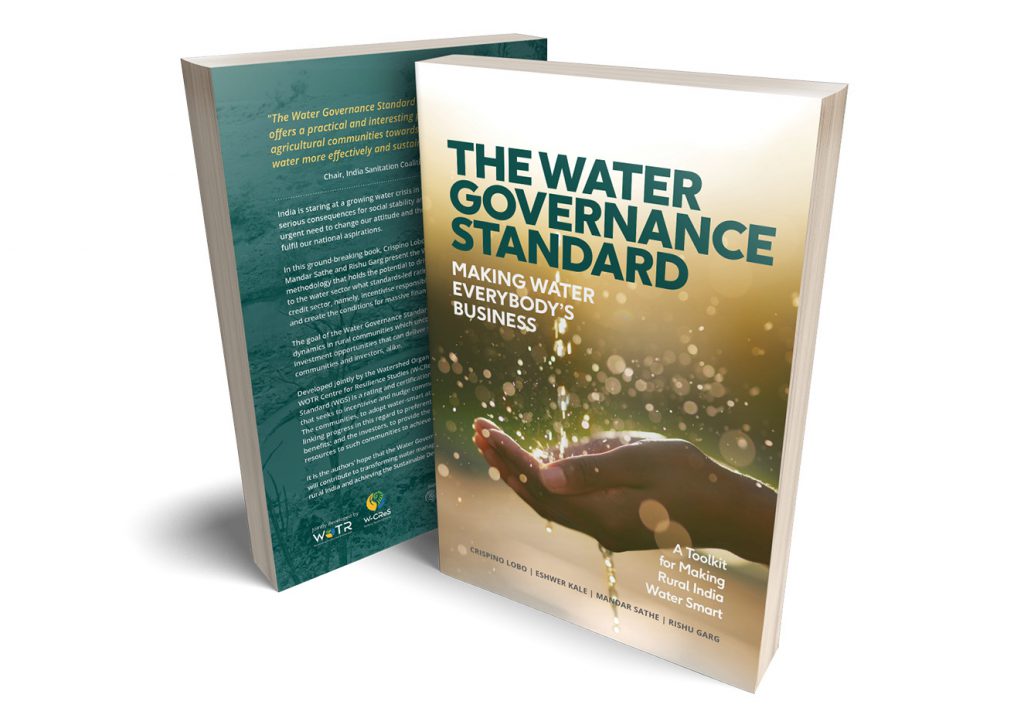
The WGS addresses the complex challenges of water scarcity and management by leveraging existing “water markets” and promoting sustainable, equitable, and efficient management of water resources, including groundwater resources in rural India.
The WGS can help change water-related behaviours, direct resources to the water sector, and achieve sustainable water outcomes. By fostering a culture of efficient, equitable, and sustainable water use, the WGS can contribute significantly to resolving India’s water crisis and ensuring a water-secure future for millions of people.
Water Governance is crucial to ensuring equitable, efficient, and sustainable management of water resources, promoting community participation and accountability, and addressing the complex challenges of water scarcity, quality, and management in India. Effective water governance can help to conserve and manage the country’s water resources, ensure access to safe and sufficient water for all, and contribute to sustainable development for the country.

